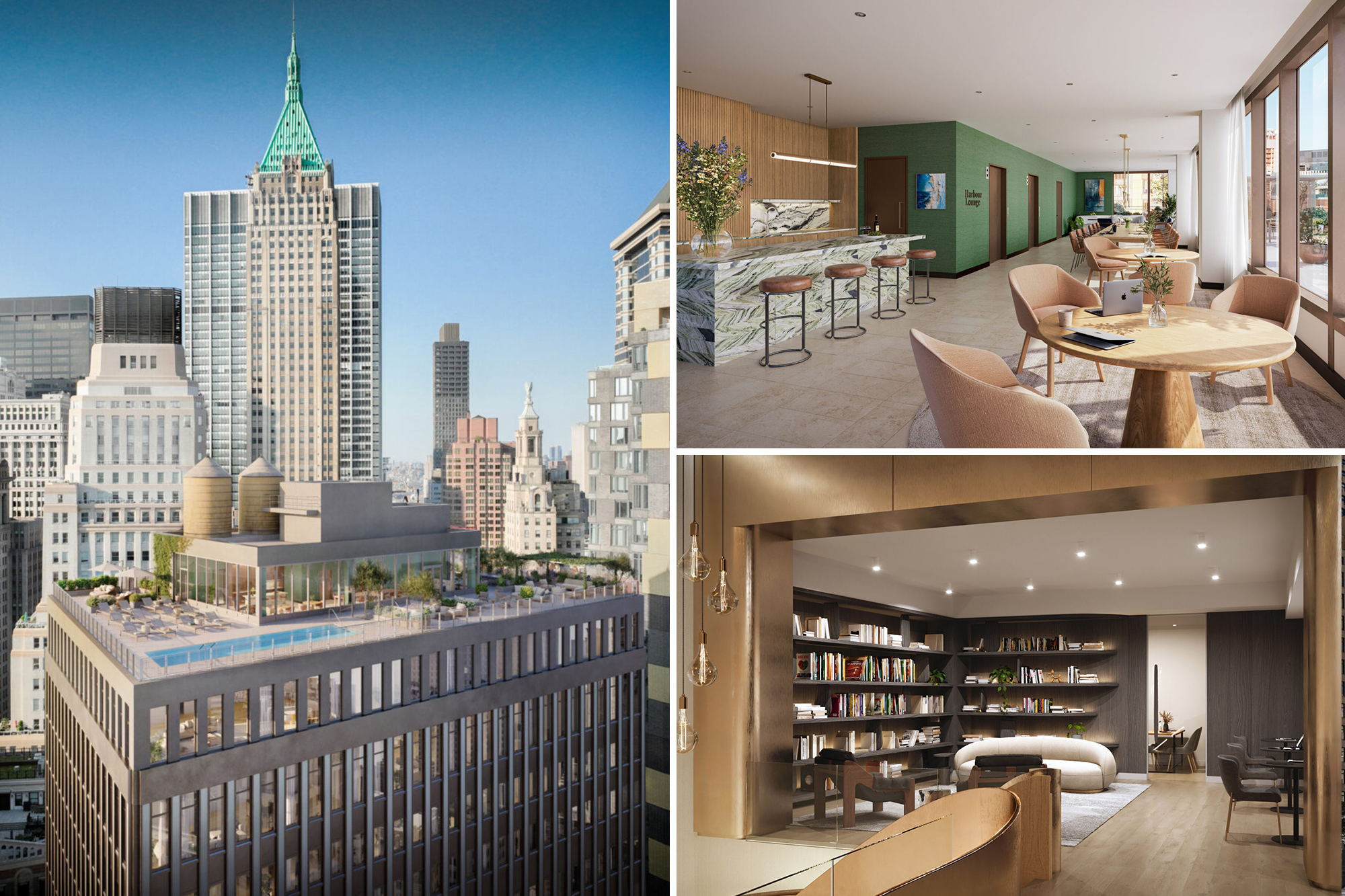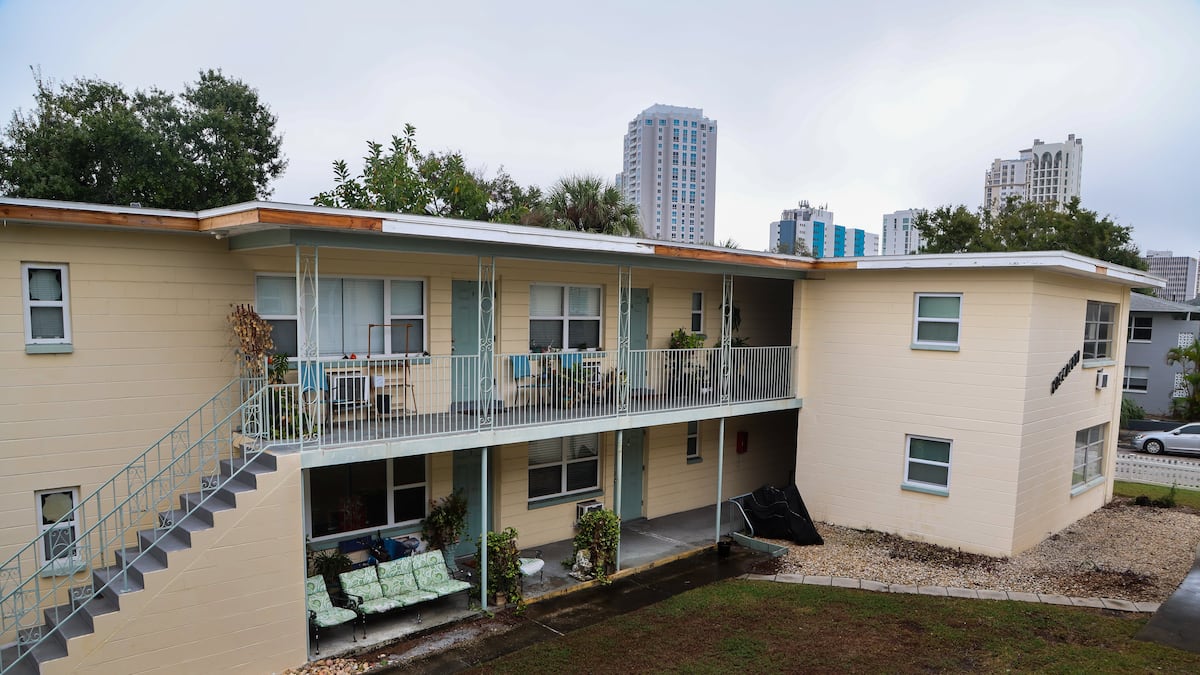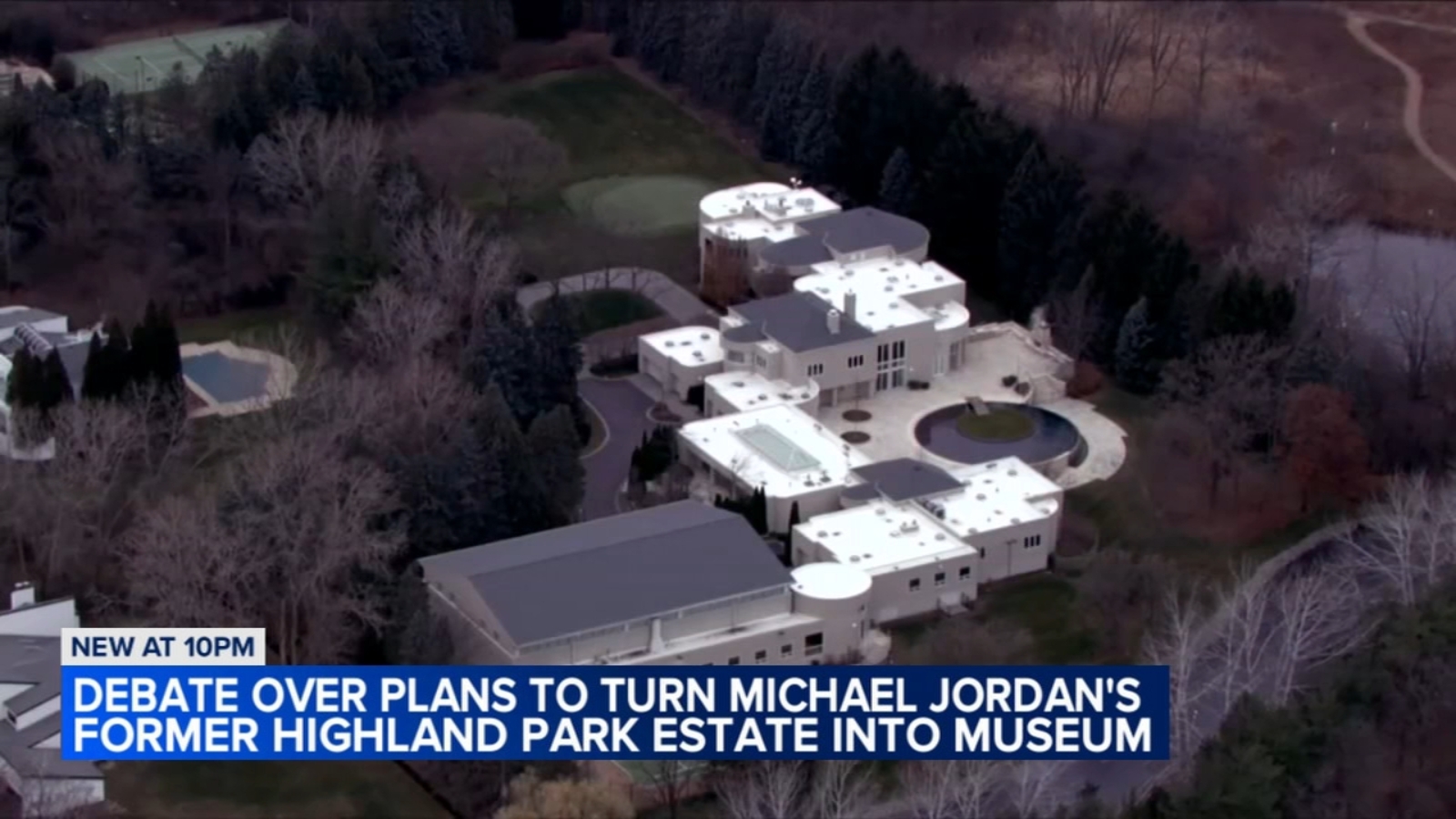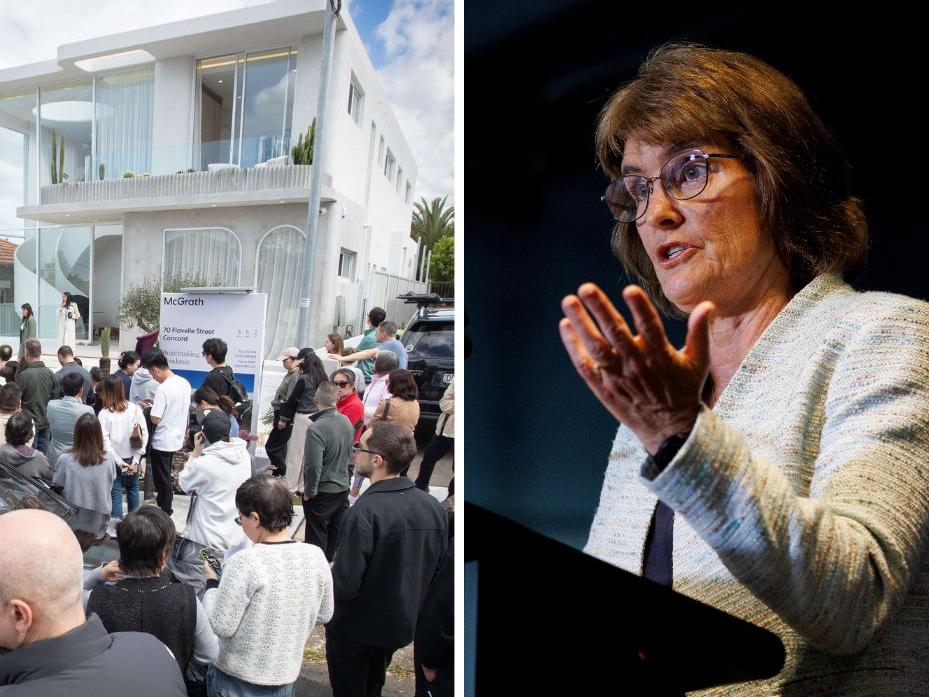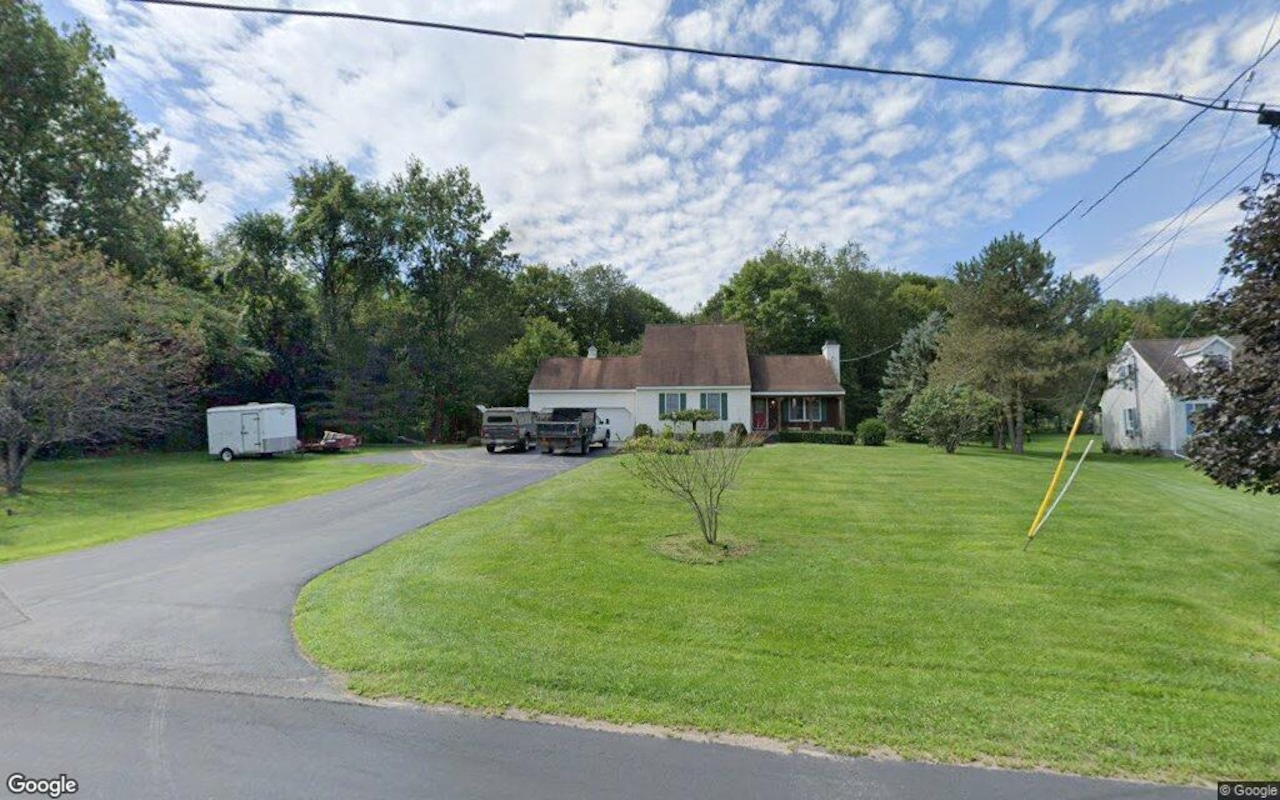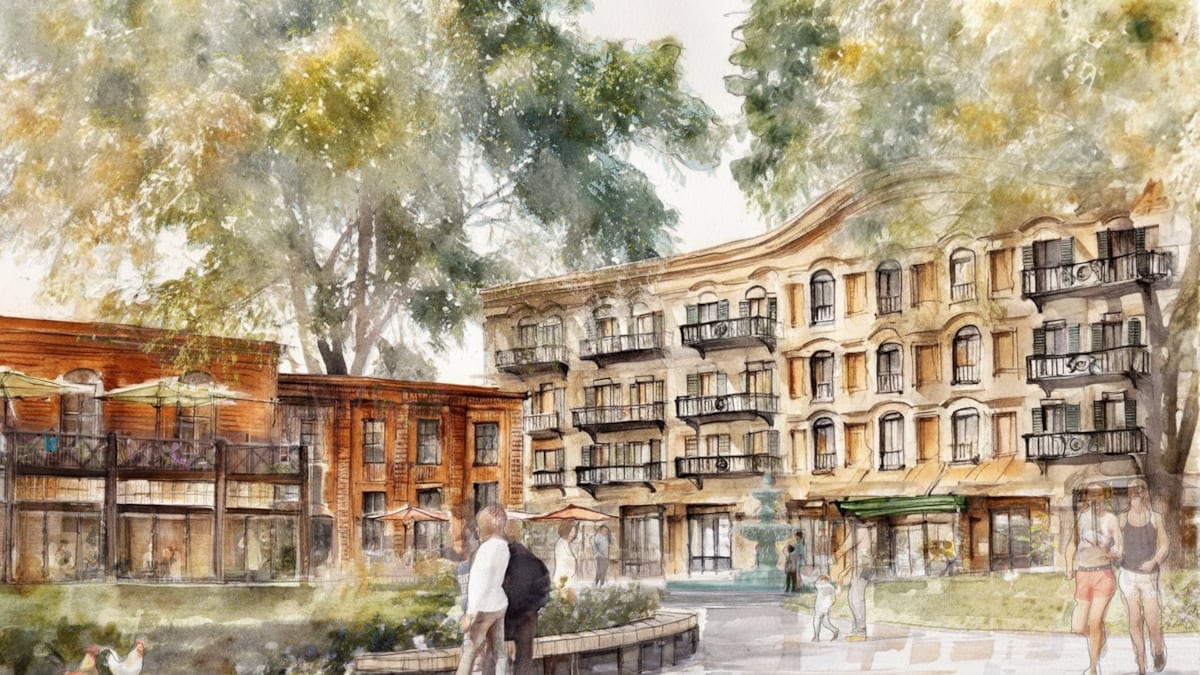N
ew York City's real estate landscape is undergoing a significant transformation, with property owners converting obsolete office buildings into modern apartments. This trend is expected to continue over the next eight years, with nearly 19,000 residential units created from former office space, in addition to the 5,500 already converted since 2010.
The ease of conversion has increased due to state and city measures, including a program that grants tax abatements for making 25% of rental apartments "affordable" – rent no more than one-third of median neighborhood income. Mayor Eric Adams' "City of Yes" measures have also made buildings from as recently as 1991 eligible for conversion.
Several high-profile conversions are underway or planned, including the transformation of 5 Times Square into a 942-apartment complex, and the conversion of 219 E. 42nd and 235 E 42nd St. into a 1,600-unit apartment complex near Grand Central Terminal. Other notable projects include the conversion of 111 Wall St. into an amenity-packed residential building with 1,600 rental apartments, and the renovation of the iconic Flatiron Building into 38 luxury condo residences.
Conversions offer several advantages for owners, including lower costs compared to building from scratch – a typical conversion can cost about one-third less than constructing a new building. Additionally, converted buildings often draw families quickly due to the housing shortage in New York City.
